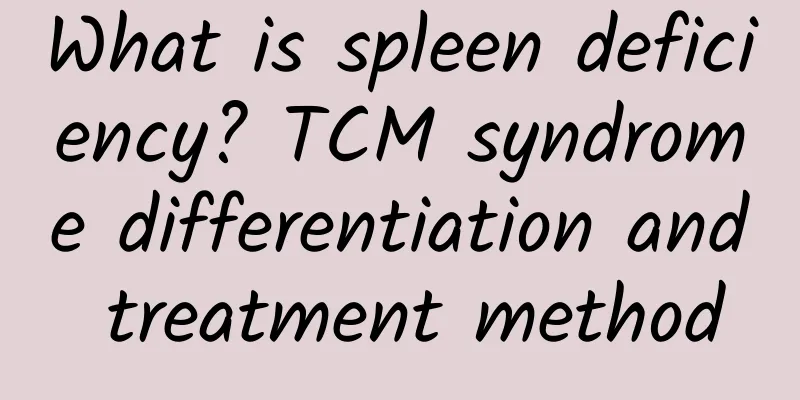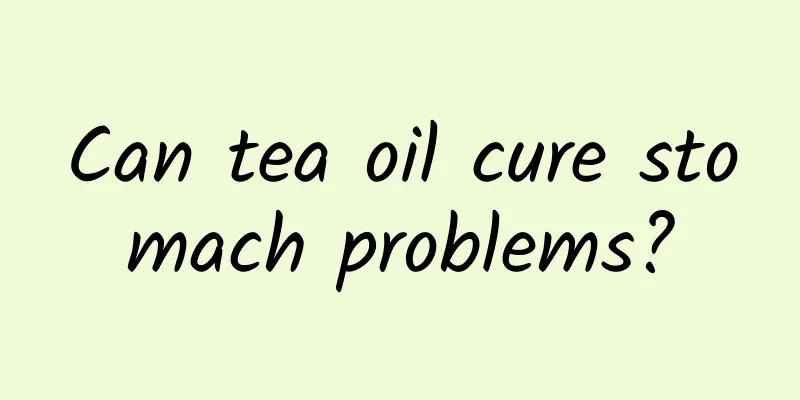Can clubfoot be cured? What are the methods?

|
There is a relatively rare deformity among newborns - clubfoot. The incidence of this disease is relatively high in our country, but it is not well publicized among the public, and few parents know about it. Clubfoot is a curable condition, but the prerequisite is that it must be treated promptly. The earlier the treatment, the higher the possibility of complete recovery. 1. Can clubfoot be cured? Congenital clubfoot in children should be treated as early as possible, and treatment should begin after the child is born. As the child grows older, the symptoms will become more severe, especially after the child starts walking and bearing weight. The deformity will become more rigid, the affected foot will be smaller than the normal foot, the calf muscles will atrophy, and pathological changes in the bones and joints may also occur, which will bring disadvantages to treatment. The younger the child is, the softer the deformity is, the milder the bone changes are, and it is easier to correct. The treatment of congenital clubfoot takes a long time. If parents are impatient with the treatment and do it hastily or intermittently, or if some parents love their children too much and worry that their children will suffer during the treatment and do not take the treatment seriously, not only will the treatment goal not be achieved, but the treatment may also be delayed. There are many hypotheses about the cause of congenital clubfoot, such as environmental factors, embryonic malformations and genetics, but none of them are certain. 2. The incidence rate of boys is twice that of girls "Congenital clubfoot is a common congenital deformity with an incidence rate of 1%. The incidence rate in boys is twice that in girls. Most cases occur bilaterally, and some may also be accompanied by deformities such as polydactyly and syndactyly. Because its shape resembles a horseshoe, it is commonly known as 'clubfoot'." Experts say that the cause of the disease is still not very clear. Years of research have shown that it may be related to factors such as genetics, neuromuscular degeneration, mechanical compression caused by malposition in the womb, developmental delay, or soft tissue contracture of the foot. Children with congenital clubfoot have pointed toes and small heels, forefoot adduction (i.e., the toes deviate inward), tight Achilles tendons, and some also have internal rotation of the lower leg. If the disease occurs bilaterally, the two toes are opposite, which makes it very easy to diagnose. Treatment of clubfoot Initial treatment of clubfoot is nonsurgical and may include splinting, bandages, and casts. Within 6 weeks after birth, manual correction and plaster cast fixation are performed once a week. Thereafter, manual correction and plaster cast fixation were performed every 2 weeks until the foot was corrected clinically and on X-rays. An experienced clinician can predict which feet will respond to nonsurgical treatment; the more rigid the foot deformity, the more likely it is that surgery will be needed. |
<<: Treatment for clubfoot, what parents need to know
>>: How to treat clubfoot and grasp the best treatment period
Recommend
What kind of tests should be done before pregnancy?
Since the country opened the two-child policy, ma...
White matter hypomyelination
Protein hypomyelination is a common form of prote...
Definition of Atrial Fibrillation
The heart is the most important part of the human...
What to do if the skin is sunburned? Emergency treatment methods for sunburn
The weather is hot in the summer and the sunlight...
What is the incubation period of herpes? What are the symptoms of the incubation period?
Herpes is a highly contagious and common disease....
What is the effective treatment for paronychia?
Paronychia causes great trouble to many patients,...
The efficacy and function of rosemary essential oil
The main benefits of rosemary essential oil are t...
What is the reason for frequent mouth ulcers?
Many people suffer from oral ulcers in their dail...
What causes intermittent stabbing pain in women's chest?
Breasts are very important to women. They are not...
What is dry operation syndrome?
Sjögren's syndrome is a disease caused by pro...
The efficacy, effects and contraindications of Astragalus, Atractylodes and Saposhnikovia
Scutellaria baicalensis, Radix Scutellariae and S...
Why do I often fart after taking Chinese medicine?
Some patients with chronic diseases often choose ...
What to do if you can't close your mouth? The correct treatment method is very important
The reason why you can't close your mouth is ...
What causes dermatitis?
Dermatitis is a very common skin disease in life....
What are the effects of brewing lotus leaf, cassia seed and rose tea?
Lotus leaf, cassia seed and rose tea is a relativ...









